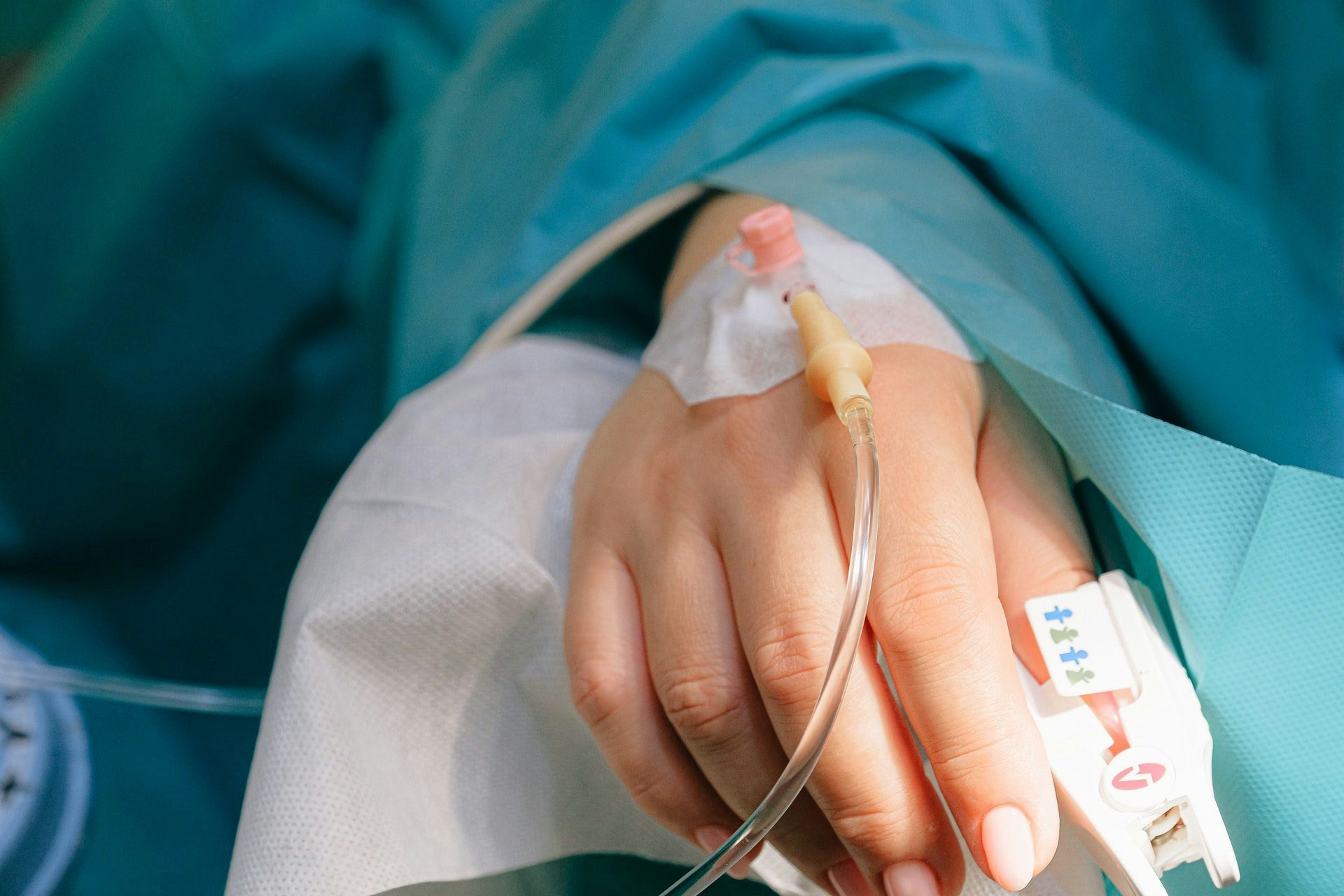Patients with pancreatic cancer have a much lower risk of serious complications or death after an operation on their pancreas if healthcare providers use a special app to monitor them. An almost two-year study among more than 1,700 patients in sixteen Dutch hospitals, including the UMC Utrecht, shows that the risk of death after such an operation is reduced by approximately half.
“We want to be able to intervene as soon as possible in case of problems after the operation”, says lead researcher Hjalmar van Santvoort. He is a professor at the UMC Utrecht and a pancreatic surgeon at the Regional Academic Cancer Center Utrecht. “We can do that by identifying and treating complications early.”
The results of the study are published today in the British scientific journal The Lancet† Without using the app, there were life-threatening complications, such as bleeding, in 14 percent of the cases. The app involved 8 of the patients. The chance of dying after surgery was 5 percent, but with the app 2.7 percent.
‘Above expectations’
Physician-researchers Jasmijn Smits is very satisfied with the results. “We expected that this way of working would have an effect on complications, but that the effect on mortality would be so great is beyond expectation.”
Nurse Mariska Hoogendoorn-de Ruiter is also pleased with the app. “The patients have let us know that they also experience this as pleasant. This way they know for sure that they are being watched very closely. That puts her at ease, especially after such intensive treatment.”
1000 operations
“The surgical removal of the pancreas is a complicated procedure,” writes the Utrecht hospital. “People with pancreatic cancer in particular are given this operation to remove the tumor as best as possible.” About a thousand pancreatic surgeries are performed every year. One in three patients subsequently suffers from complications: from leakage of fluid into the abdominal cavity to even premature death.
the app, Pancreatic Surgery, is available free of charge to all healthcare providers. It took a few years to make. Care providers enter the values of their patients, such as heart rate, blood pressure and fluid drainage. They receive advice on this for an additional examination or treatment.
–


